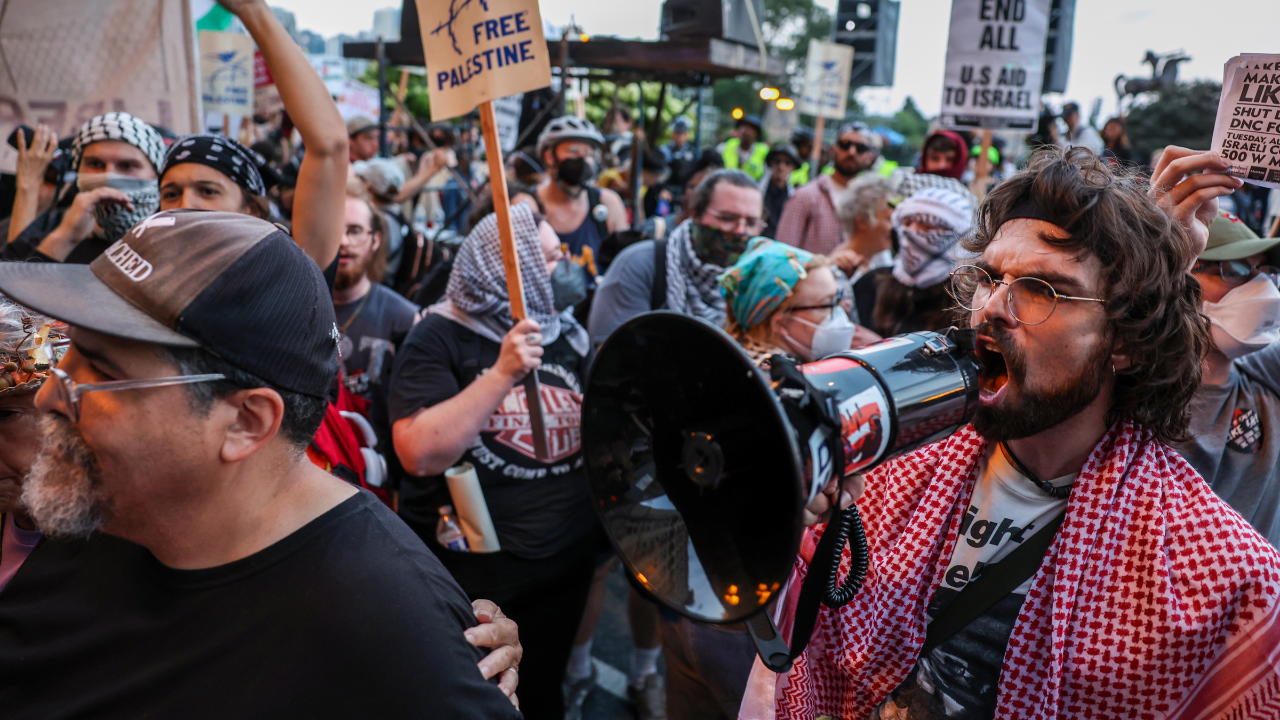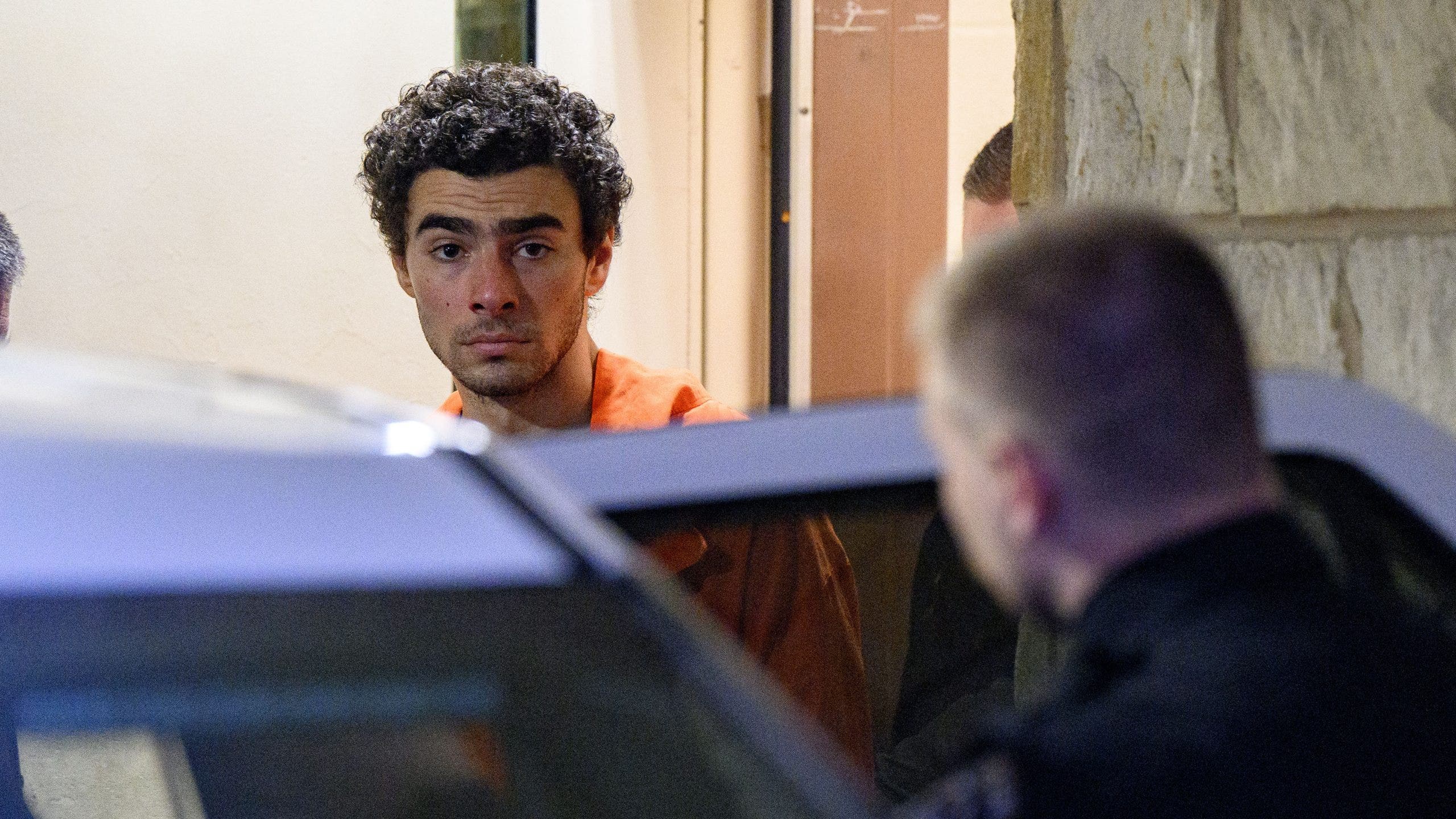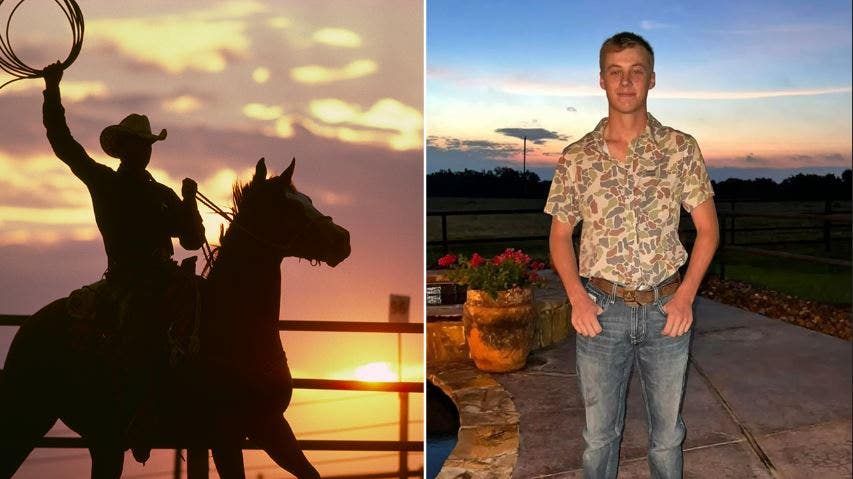Americans of both parties routinely express deep concern about the state of the country’s democracy. This fall, many voters may have a chance to do something about it, by voting on state ballot measures related to the nuts and bolts of elections and governance.
Eight states, including Ohio and seven others largely in the West, appear all but certain to field ballot measures that would either overhaul redistricting or rewrite election rules to discourage hyper-partisanship and give voters a greater voice in choosing candidates.
Redistricting ballot measures are not uncommon, but since the advent of citizen-backed ballot initiatives in the early 1900s no other year has had more than three election-system initiatives, according to the online elections database Ballotpedia.
“I just feel like the voice of the people has gotten more and more diluted,” Kathy Cunningham, a 55-year-old bioscience consultant from Cincinnati, said last month after signing a petition for an Ohio ballot measure that would undo the state’s gerrymandered political maps. “When you have such a huge imbalance of power, how do you get that back? It creates the perception that we’re living in a democracy, when maybe we’re not.”
Ohio is a particular hotbed of discontent, a state where dysfunction, particularly a $60 million bribery scandal, and thoroughly gerrymandered maps have left many in the state cynical and unhappy with the state of their government.
Hundreds of thousands of Ohioans have signed petitions drafted by a strategically named group, Citizens Not Politicians, toward an elusive goal: undoing the gerrymandered political maps that have awarded Republicans supermajority control of the Legislature and a lopsided majority of the state’s 15 House seats.
An initiative that would let an independent commission draw political maps instead of politicians appears all but certain to be on the November ballot.
Proposals in six other states — Arizona, Colorado, Idaho, Montana, Nevada and South Dakota — would abolish closed or semi-closed primary elections in favor of primaries open to any candidate and all voters. (Closed primaries are open only to voters registered with the primary’s party; semi-closed primaries bar voters from other parties, but allow unaffiliated voters to cast ballots).
The Colorado and Nevada measures would also supplant conventional winner-take-all elections with ranked-choice voting, in which voters rate the top four or five candidates in order of preference. Oregon’s Democratic-led Legislature also has voted largely along party lines to place a ranked-choice measure on the November ballot.
Backers of these campaigns say they are tapping into a deep well of voter unhappiness with a political system that ignores the priorities of ordinary people.
“The closed primary system is hard-wired to reward partisanship,” said Joe Kirby, a retired Sioux Falls business executive who is leading the South Dakota effort. “We want to have a Legislature that reflects South Dakota values,” — not the values, he said, of the 17 percent who turned out for this month’s primary election.
The stated goal of all these proposals is to draw more voters into the democratic process, especially in the many primary elections where turnout is low and voters with extreme views have outsize influence.
Closed primaries, the argument goes, rob independent voters — a growing segment of the electorate, and in some states now the largest one — of a voice in choosing general election candidates. Candidates in open primaries have an incentive to court not only independents but also voters of the opposing party, which, in theory at least, should steer them closer to the political center.
And gerrymandered maps make elections so lopsided that parties with little chance of winning often don’t bother to field general-election candidates. (Nationally, about four in 10 state legislative races have only one candidate.) In those cases, the general election winner only has to win over primary voters, not the broader electorate that turns out in November.
Advocates of ranked-choice elections say they not only give voters a greater say in choosing the ultimate winner of a political contest, but also reward candidates who try to win over a broad swath of the electorate.
It is no accident that electing more moderates would change the conditions that have made the G.O.P. a hothouse for far-right extremists, said Richard L. Hasen, an election-law expert and director of the Safeguarding Democracy Project at the University of California, Los Angeles, School of Law.
“So much of this has to do with the battle for the soul of the Republican Party,” he said.
Not everyone buys the logic. Academic research suggests that ending gerrymandering and adopting certain versions of ranked-choice voting can indeed dampen hyper-partisanship and promote cooperation. But the evidence favoring open primaries is more mixed.
The proposed fixes nevertheless have supporters across the political spectrum in most states. They are among the top priorities of groups that favor structural changes in the American political system and deep-pocketed donors often associated with liberal causes. State groups campaigning to enact them are not only bipartisan, but also are run mostly by moderate Republicans in deeply red states like Idaho, Montana and South Dakota.
Supporters of the G.O.P. leadership are expected to pour money into opposing many of those ballot measures. The likely result is a string of expensive ballot fights this fall.
The high political stakes in Ohio — new political maps could loosen the Republicans’ current grip on 10 of the state’s 15 congressional seats — mean that the battle over the redistricting amendment could consume tens of millions of dollars.
state.
One evening last month, Claire Wagner, a volunteer for Citizens Not Politicians and a member of the Ohio League of Women Voters, collected more than 20 signatures on petitions for the redistricting amendment at the Rhinegeist Brewery, a beer hall near downtown Cincinnati.
The signers were a motley lot. There were Elizabeth Fisher-Smith, 63, and Leigh Smith, 64, from the liberal Hyde Park neighborhood of Cincinnati, which for decades has been drawn into the eastern tip of the rural, conservative Second Congressional District. There was Catherine Cervantes, 47, of conservative West Chester township north of Cincinnati, who likened gerrymandering to the discrimination against African American migrants recounted in the prizewinning book “The Warmth of Other Suns.”
Organized opposition to the amendment is imminent. A former treasurer for Republican political campaigns registered this spring as treasurer of a group called Ohioans for Fair Districts that is expected to fight the measure.
The Republican president of the State Senate, Matt Huffman, previewed opposition arguments in a February interview with The Cincinnati Enquirer, saying the campaign was “clearly an attempt by far-left groups, folks from outside the United States, to make sure they get people who they want elected. It’s gerrymandering at its finest.”
The early money favoring the redistricting amendment has come largely from left-leaning donors, including the American Civil Liberties Union, teachers’ unions and the Sixteen Thirty Fund, a major donor to progressive and pro-democracy causes whose biggest financial supporters include a Swiss billionaire, Hansjörg Wyss.
But support for the amendment also crosses party lines. The de facto leader of the campaign, Maureen O’Connor, is a former Republican chief justice of the Ohio Supreme Court who cast several deciding votes to overturn the last set of political maps. Stumping for the amendment, she said in an interview with The New York Times, is “the most important thing I’ve ever done.”
However laudable, many experts and activists say that the proposed fixes are weak medicine to cure what ails American democracy.
“Everyone agrees that our political system is dysfunctional,” said Nate Persily, a leading expert on voting and democracy at Stanford Law School. “But this is not a particularly effective way to deal with our hair-on-fire moment. When insurrectionists are breaking down the Capitol doors, there’s only so much that changing primary election rules is going to do.”
But Chuck Coughlin, a former campaign manager and an aide to two Republican governors in Arizona, figures that anything that weakens the stranglehold of the two parties is a step in the right direction.
He is now the strategist behind Make Elections Fair Arizona, a campaign for an Arizona ballot measure to abolish semi-closed primaries in the state. It has already gathered 100,000 more signatures than the 384,000 needed to place the measure on the November ballot.
“Everyone’s unhappy with both parties except the extreme partisans,” he said.
Alain Delaquérière contributed research.






